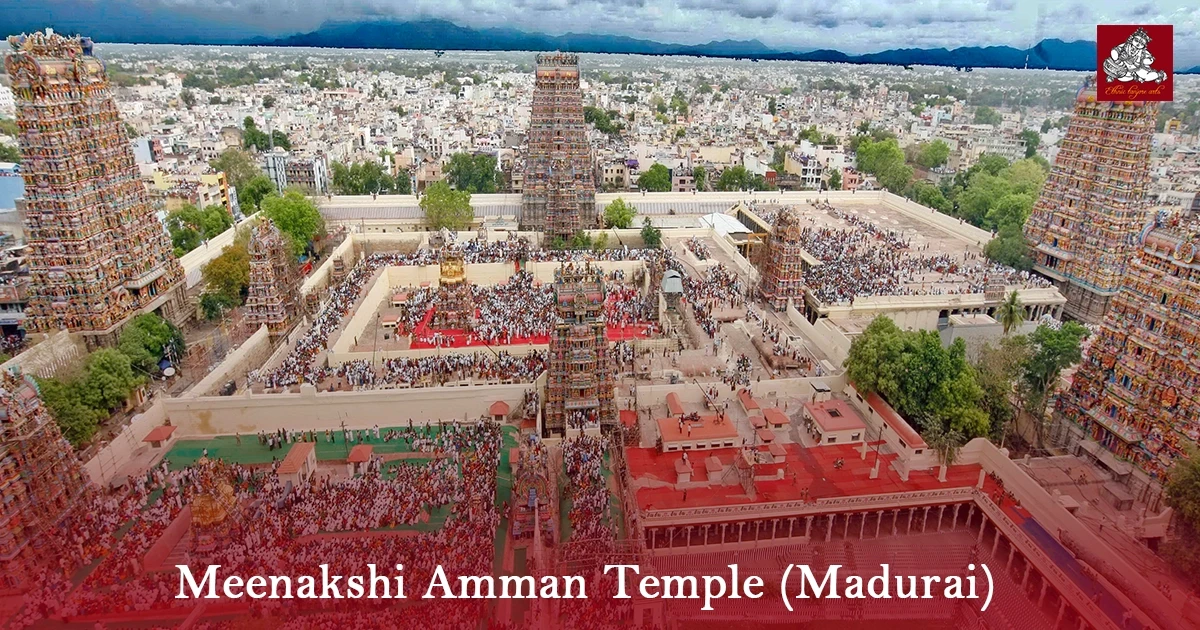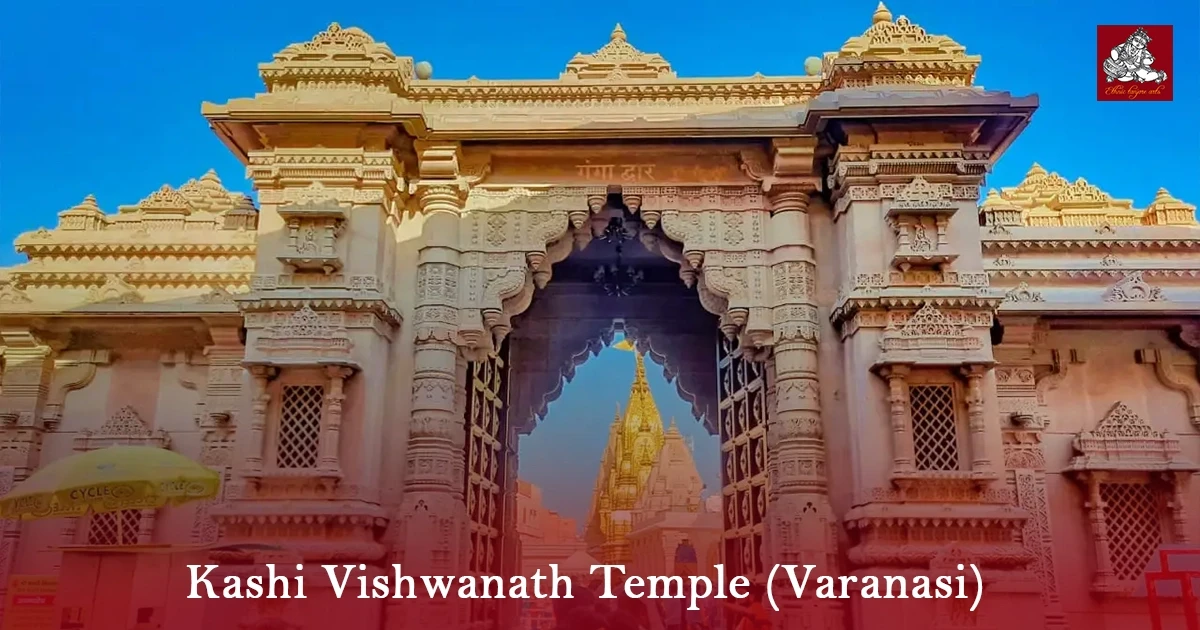Famous Temples Depicted in Tanjore Paintings
Oct 19, 2024
If you could capture the stunning beauty of Periya Kovil in Tanjore paintings, you would, right?
Tanjore Paintings is an ancient and traditional art style, that masterfully depicts grandeur and beauty through rich colors, gold foils, and precious gems. From Gods to Royals to magnificent temples, Tanjore paintings bring spirituality and artistry together.
Thanjavur paintings flourished under the rule of King Serfoji II of the Maratha dynasty. Each painting is a result of meticulous craftsmanship, passed down through generations. These skilled artisans would spend long periods of time painting various subjects, breathing life and soul into them.
When it comes to temples, each stroke of the brush captures not only the beauty but also the allure, mystery, and timeless history of the sacred temples. Periya kovil in Tanjore, with its magnificent beauty, often serves as a muse to poets and artists.
1. Brihadeeswarar Temple (Thanjavur)

Location: Thanjavur, Tamil Nadu
Primary Diety: Lord Shiva
Built By: King Rajaraja Cholan
Year: 1010 CE
Also known as Thanjai Periya Kovil, this temple is built in a classical Chola architecture style, on the banks of the river Cauvery. The Nandi statue is the second largest in India, at a whopping 13ft high and 16ft wide, made from a single rock. The temple, with its rich history and beautiful Chola architecture, is a UNESCO World Heritage Site.
The temple walls are decorated with ancient Chola paintings, narrating the rise and fall of the kingdom. One of the most astonishing features of the temple is the 66-meter-high vimana, crowned with a single block of granite weighing around 80 tons. This is an engineering marvel that still continues to fascinate people and historians.
Interesting facts about the temple:
The temple’s tower does not cast a shadow.
The outer walls contain carvings of “81 postures of Bharatanatyam.”
The pillars make different musical sounds when struck.
2. Meenakshi Amman Temple (Madurai)

Location: Madurai, Tamil Nadu
Primary Diety: Meenakshi (Goddess Parvati) and her consort Sundareswarar (Lord Shiva)
BuiltBy: Pandyan King Sadayavarman Kulasekaran I
Year: 6th Century CE
Arulmigu Meenakshi Sundareswarar Temple is one of the most remarkable temples in Tamil Nadu, situated on the banks of the Vaigai River. As the legend goes, Pandya king Malayadhvaja performed a yagna for a male heir. But instead, he was blessed with a baby girl with three breasts.
The Gods assured him not to worry and bring up the daughter as he would a son, as a great warrior, and when she meets her consort, her 3rd breast will disappear. Just like the prophecies, when she met Lord Shiva, her third breast disappeared, and she took the form of Meenakshi. It is also said Lord Vishnu presided over their marriage, and the couple made their home in Madurai as Meenakshi and Sundareswarar.
Interesting facts about the temple:
The west Gopuram is the model of the Tamil Nadu State Emblem.
The spectacular “Aayiram Kaal Mandapam” is said to have been built of a single rock.
There are over 33,000 sculptures in the temple, narrating various stories of Hinduism.
Image Ref :

3. Kashi Vishwanath Temple (Varanasi)

Location: Varanasi, Uttar Pradesh
Primary Deity: Vishwanath (Lord Shiva)
Built by: Rani Ahilyabai Holkar
Year: 18th Century
The Kashi Vishwanath Temple is one of the most visited temples in India, situated on the western bank of the holy river Ganga. It is considered one of the twelve Jyotirlingas (the most sacred abodes of Shiva). In addition, Kashi, being one of the oldest cities in India, holds immense religious significance for Hindus.
The temple is built in the traditional Naragra style, housing some of the most beautiful architecture. The history of the temple dates back to 1194 and has been destroyed and built again multiple times in the past centuries.
Interesting facts about the temple:
The temple has a small well called the Jnana Vapi, or "wisdom well."
It is believed that any wish made after seeing the Golden Umbrella will be fulfilled.
The legend goes that sunlight first touched Varanasi during Earth’s evolution.
4. Ranganathaswamy Temple (Srirangam)
Location: Tiruchirapalli, Tamil Nadu
Primary Deity: Lord Vishnu
Built By: Built King Dharmavarma Chola, Later built by Killivalavan Cholan
Year: 9th Century
The Ranganathaswamy temple is one of the most striking temples of Tamil Nadu, dedicated to Ranganatha and Ranganayaki, bound between the Kaveri and Kollidam rivers. Constructed in traditional Dravidian style, the temple is one of the 108 Divya Desams dedicated to Lord Vishnu. With stone inscriptions from late 100 BCE to 100 CE, the temple is one of the oldest surviving temples in South India.
Furthemore, the temple is covered with artworks of Tamil legends. As per the legend, Srirangam Vimanam emerged from the churning of the cosmic ocean. It remained in Satyaloka for ages, until Vibhishana passed through Tiruchi. It is said that the Srirangam Vimanam wouldn’t move from the island, and he gave it to the local king Dharmavarma. Furthermore, Raganathaswamy is one of the most sketched deities in the art of Tanjore Paintings, owing to his greatness and beauty.
Interesting facts about the temple:
During the Tamil month of Margali, the temple sees over 1 million devotees every year.
It is the largest functioning temple complex in India.
The temple is spread over an area of 155 acres, within a perimeter of 4 km.
5.Jagannath Temple (Puri)
Location: Puri, Odisha
Primary Deity: Jagannath (Lord of the Universe)
Built By: King Indradyumna of Avanti
Year: 12th century AD
Jagganath temple is one of the most interesting temples often featured in Tanjore paintings of India. Here the supreme deity is Jagganath, who is worshipped along with Krishna’s brother Balarama and Sister Subhadra. The temple is constructed in the Nagara style of architecture and is one of the remarkable surviving specimens of Kalinga architecture.
While some consider Jagganarth to be Lord Krishna, some consider him to be a form of Bhairava (a fierce avatar of Lord Shiva). Unlike traditional Hindu idols, the Jagganath idol is carved in wood, without hands or legs. The temple records say that the temple has been invaded 18 times since its construction.
Interesting facts about the temple:
The flag at the top of the temple, flutters in the opposite direction of the wind
The wooden idols are replaced every 8, 12, or 19 years.
No bird flies over the temple dome, and there’s no logical explanation.
Conclusion:
Each temple, whether the grand Brihadeeswarar or the iconic Meenakshi Amman, has inspired generations of Tanjore artists, with their awe-inspiring architecture and spiritual significance.
A Tanjore painting depicting one of these divine temples will not only elevate the beauty of your home but also infuse your space with spiritual grandeur. Choose from a variety of paintings, sketched in different styles from Ethnic Tanjore Arts, the leading seller of authentic Tanjore Paintings, Chennai.
Elevate Your Home with Spiritual Grandeur!

